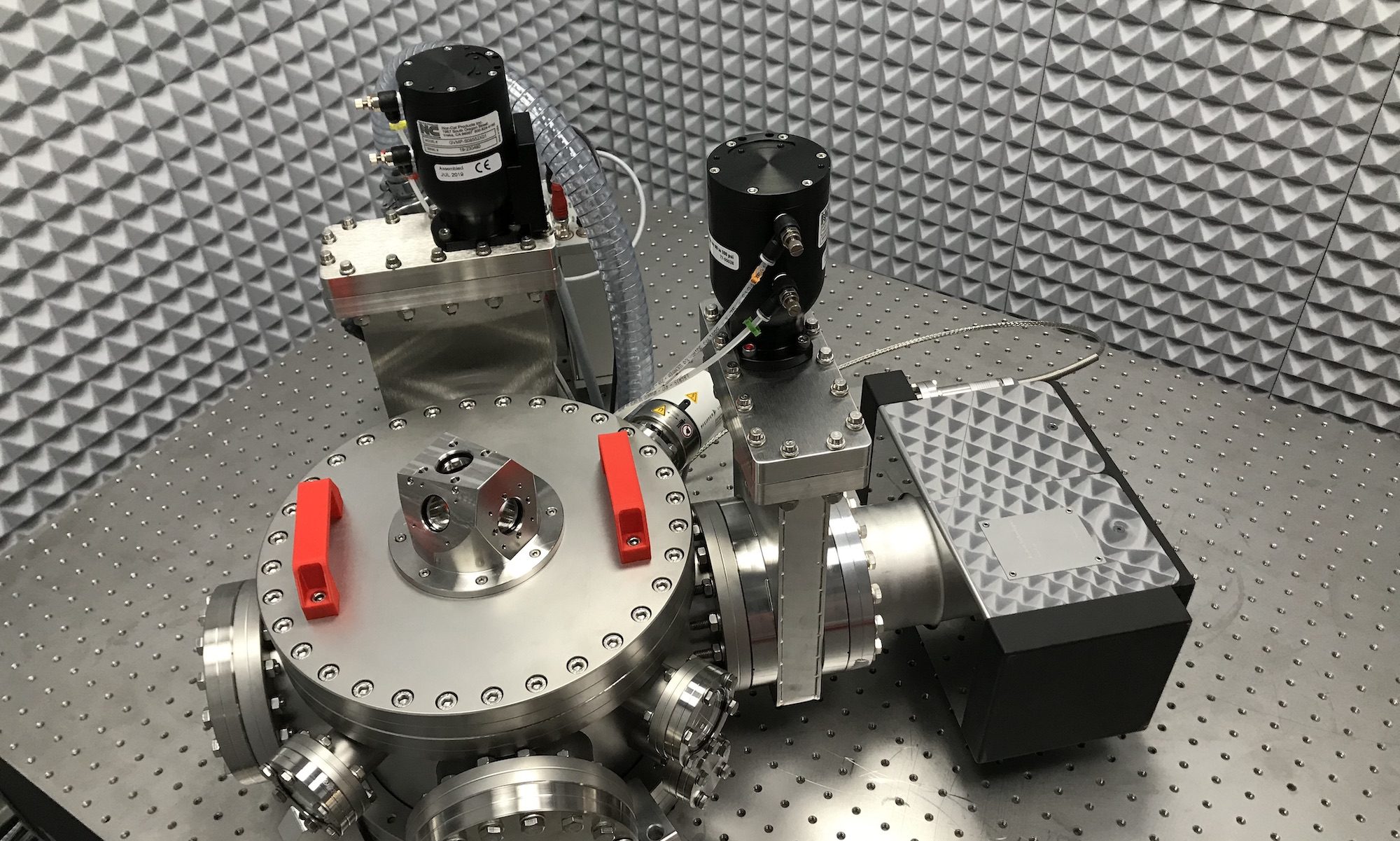The above video illustrate thermal noise, here with the random motion of tiny particles (glass beads of 2µm of diameter) in water. These fluctuations are characteristic of a Brownian motion. Recording the trajectories of those particles and comparing them to the theoretical predictions of Albert Einstein of diffusion, Jean Perrin demonstrates in the beginning of the XXth century the existence of atoms, and their huge numbers (6,02 x 1023 atoms in 12 g of carbon for example).
You can reproduce the experiment of Jean Perrin in the video on top of this page: chose one particle, click on the video to record and visualise the trajectories when time flows. As in the image below, you will observe by yourself the random character of the motion: direction and speed change endlessly.

